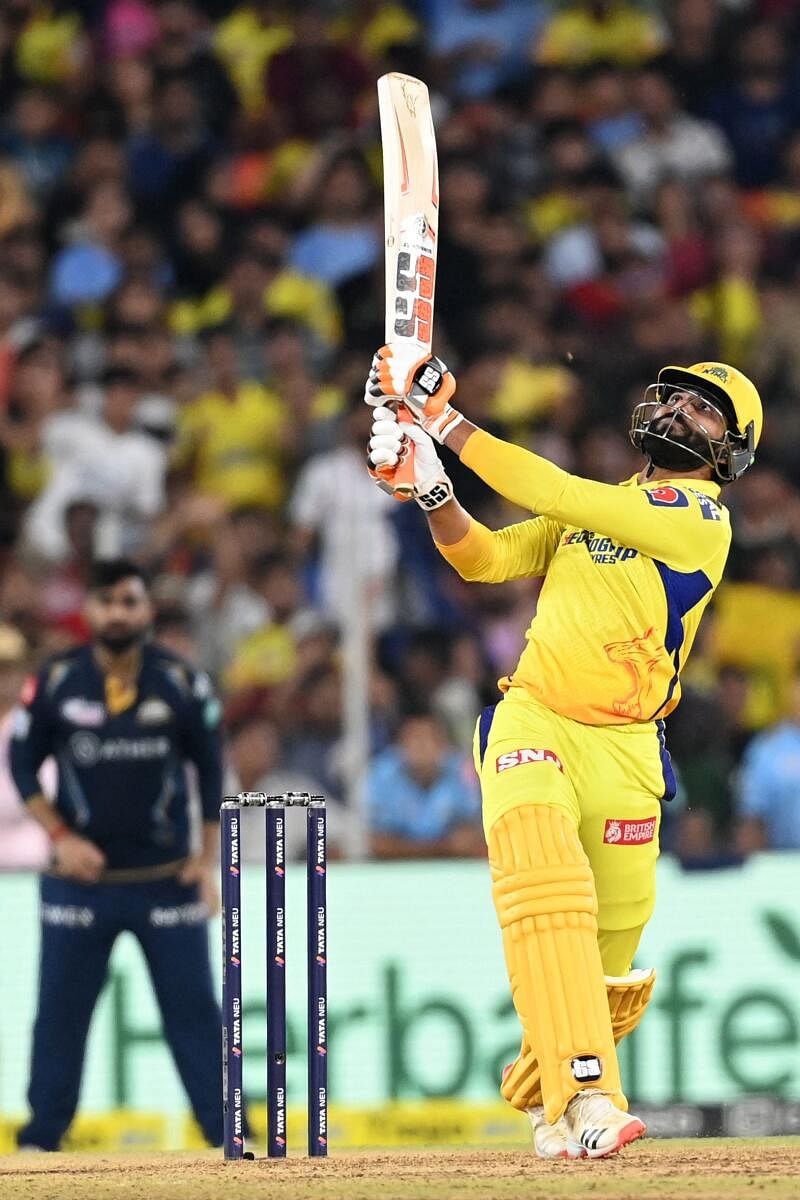

Chennai-born Sai Sudharsan gave Baroda-born Hardik Pandya, the skipper of Gujarat Titans, big hopes of a second title for the franchise on Monday night after adding a quickfire 96 runs to their tally of 214.
Rain delayed the proceedings, but eventually, the Chennai Super Kings, led by Ranchi-born M S Dhoni, crossed the line and claimed their fifth Indian Premier League title after Gujarat-born Ravindra Jadeja’s last-over heroics.
As coincidental (perhaps even strange) as that might seem at first, franchisees have long given up the idea of including local talent on their roster for the sake of improving loyalty from the regional fanbase.
The organiser did think that the ploy was prudent back in 2008 when they instituted the ‘Icon Player’ rule whereby Sachin Tendulkar (Mumbai Indians), Rahul Dravid (Royal Challengers Bangalore), Yuvraj Singh (erstwhile Kings XI Punjab), and Virender Sehwag (erstwhile Delhi Daredevils) were gifted spots to spike a fanbase’s sense of community.
VVS Laxman, too, was offered the role, but the former India batter turned down the gesture because he realised that his accommodation as an icon would severely dent the erstwhile Deccan Chargers’ auction purse. Icon Players received 15 per cent more money than the highest-paid player of the team bought at the auction.
The IPL GC got rid of the concept but kept the ‘catchment area’ clause in place to ensure the local talent pool would benefit from it. That too was done away with by 2014, and now we’re at a stage where four out of the ten teams in the league do not have a local player.
Ironically enough, RCB, surprisingly ahead of the trend in a sense, drew plenty of flak from fans over the years for not having more local players in their squad.
Perhaps the sentiment came from the fact that the Karnataka State team was on a tear in domestic cricket at the time, but the franchise’s auction strategy and purse didn’t always allow it to pick local talent.
Now, with the inclusion of Manoj Bhandage, they are one of two teams (the other being Rajasthan Royals with Kunal Singh Rathore) with at least one local player in the team. That said, neither of these players got to play a game.
In contrast, Mumbai Indians have four local names in their squad and three out of the four (Rohit Sharma, the only local captain in the league, Suryakumar Yadav, Arjun Tendulkar, Shams Mulani) got game time.
Delhi Capitals has four Delhiites on their roster but Rishabh Pant’s absence meant they were left with three. Lucknow have three players from Uttar Pradesh and Punjab Kings have four.
It’s left-field of what the IPL set out to do, but it’s not necessarily a bad move even if many believe it is.
Take Sachin Tendulkar for example: should Mumbai not have had to splurge on the Mumbaikar as their Icon, they could well have bid for Dhoni at the maiden auction.
Chennai didn’t have the purse pressure courtesy an ‘Icon Player’, and came away with a stoic from Jharkhand. Little did they know then that that one move would dictate the next 14 years of their legacy.
The concept of a local player representing a local franchise is a quaint idea, but the IPL isn’t about who comes from where. It has always been about who can do what and at what price.
If that happens to be a 21-year-old from Chennai who dons a Gujarat jersey or a 34-year-old from Gujarat who sits in a Chennai jersey, so be it. The only thing that matters is entertainment and boy, do they know how to deliver!